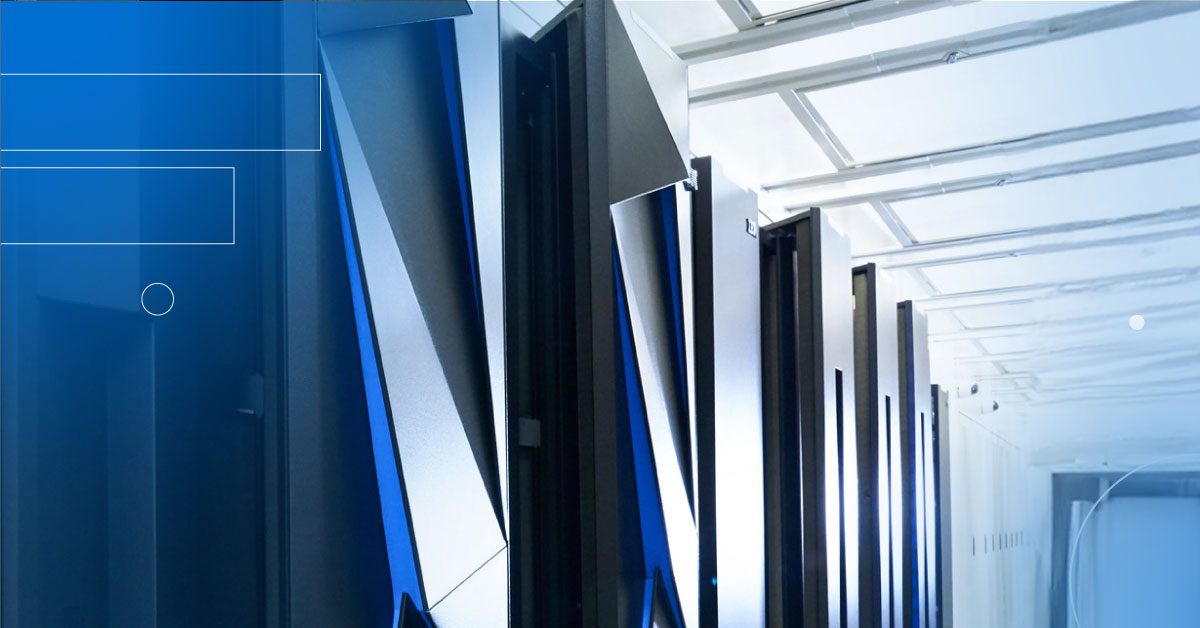Third-party maintenance can maximize business value
As companies look for innovative avenues to do more with less, CFOs and CIOs are tasked with strategically identifying options to maintain a peak level of IT operations while minimizing costs. Extending the life of important capital investments can provide valuable savings and as a result, companies are evaluating the benefits of moving away from vendor maintenance contracts and toward third-party maintenance (TPM) contracts to reduce maintenance costs. When considering such a move, it’s important to understand the risks and rewards.
Factors to consider for data center third-party maintenance:
- What is the risk?
- What does cost look like?
- Who is my contact if I have different brands of equipment?
- How do I get flexible support?
- How do I know it’s reliable?
Continue below to find answers to these and other questions regarding third-party maintenance to reduce maintenance cost.
1. Is cost-savings risky business?
According to Gary Audin, President of Delphi Inc., partnering with third-party maintenance (TPM) organizations is not as risky as some consider it to be—and customers are becoming more comfortable with the idea of leaving their original equipment manufacturer (OEM) contracts for a solution that better suits their needs. When looking for third-party maintenance support, look at providers who offer the following risk options:
- 24×7 service with onsite response
- Local engineers with experience supporting multiple hardware and software systems
- Locally stocked replacement parts
- Remote monitoring
- Preventative health checks to proactively reduce downtime and service calls
2. Reduced maintenance costs
As a direct result of the OEM business model, customers unfortunately face increases in maintenance costs year after year and/or the eventual cancellation of OEM support once equipment reaches the End of Life (EOL) and End of Support Life (EOSL) stages. The OEM revenue stream relies primarily on new systems development, which then requires customers to replace current equipment rather than keep it in operation. Customers are presented with two options: costly post-warranty service or costly upgrade purchases. Neither of which help reduce maintenance cost.
With a third-party maintenance provider, IT budgets are maximized by extending the life of systems through quality data center maintenance and support, avoiding new capital expenses. Third-party support providers do not need to recoup research and development investments, therefore third-party maintenance services often range from 30-70% less than OEM pricing for post-warranty coverage.
Hardware Facts According to Forrester/Gartner:

3. Single point of contact
For most organizations, the data center houses equipment from multiple vendors or brands with individual OEM support agreements. Each agreement requires additional time and effort to juggle the contracts and keep the paperwork straight, resulting in less efficiency – and ultimately, longer downtime.
With a third-party maintenance provider, multi-vendor equipment can be covered within one agreement, with a single point of contact.
Consolidating services into a coterminus agreement allows for:
- Reduction of paperwork and greater efficiency – more uptime for your data center
- Working with one vendor instead of different vendors and processes
- Predictable (lower) costs
A final bonus on having a single contact to reduce maintenance cost: having a single point of contact helps to alleviate issues of finger-pointing that can often occur in situations with multiple service providers.
4. Coverage flexibility
OEM coverage often offers limited maintenance options, so overpayment can come in the form of an unnecessary level of support. For example, a system for testing and development does not require a same-day response. However, the OEM may not offer next-day options, which means paying a premium for a shorter response time that is not needed.
“ONE SIZE DOES NOT FIT ALL”
With a flexible approach to data center maintenance coverage, third-party support offers more options to reduce maintenance costs. Third-party maintenance providers are able to administer an array of services with a tailored approach to support coverage based on specific needs. As data center needs evolve over time, reduce or remove support and add new equipment as it comes online—the coverage adjusts accordingly.
5. Peace of mind
Companies may consider eliminating support contracts altogether to save money—this can be disastrous for a business when IT data center equipment fails. It does not make sense in the short-term; reducing maintenance cost should not risk the capacity to keep operations running smoothly.
By moving maintenance contracts to a third-party provider, data center support costs are substantially reduced. You can have peace of mind that any catastrophic failures will be resolved and uptime restored without negatively impacting operations.
Consider your support provider options
Looking beyond OEM maintenance opens up new potential for substantial reduction in maintenance costs and opportunity quality support. Consult with a reputable third-party maintenance provider and carefully weigh all options.
By learning more about the details behind service delivery, parts inventory and engineer expertise, an objective evaluation can be made between current support and costs to those of a third-party maintenance provider to help reduce data center maintenance cost.




